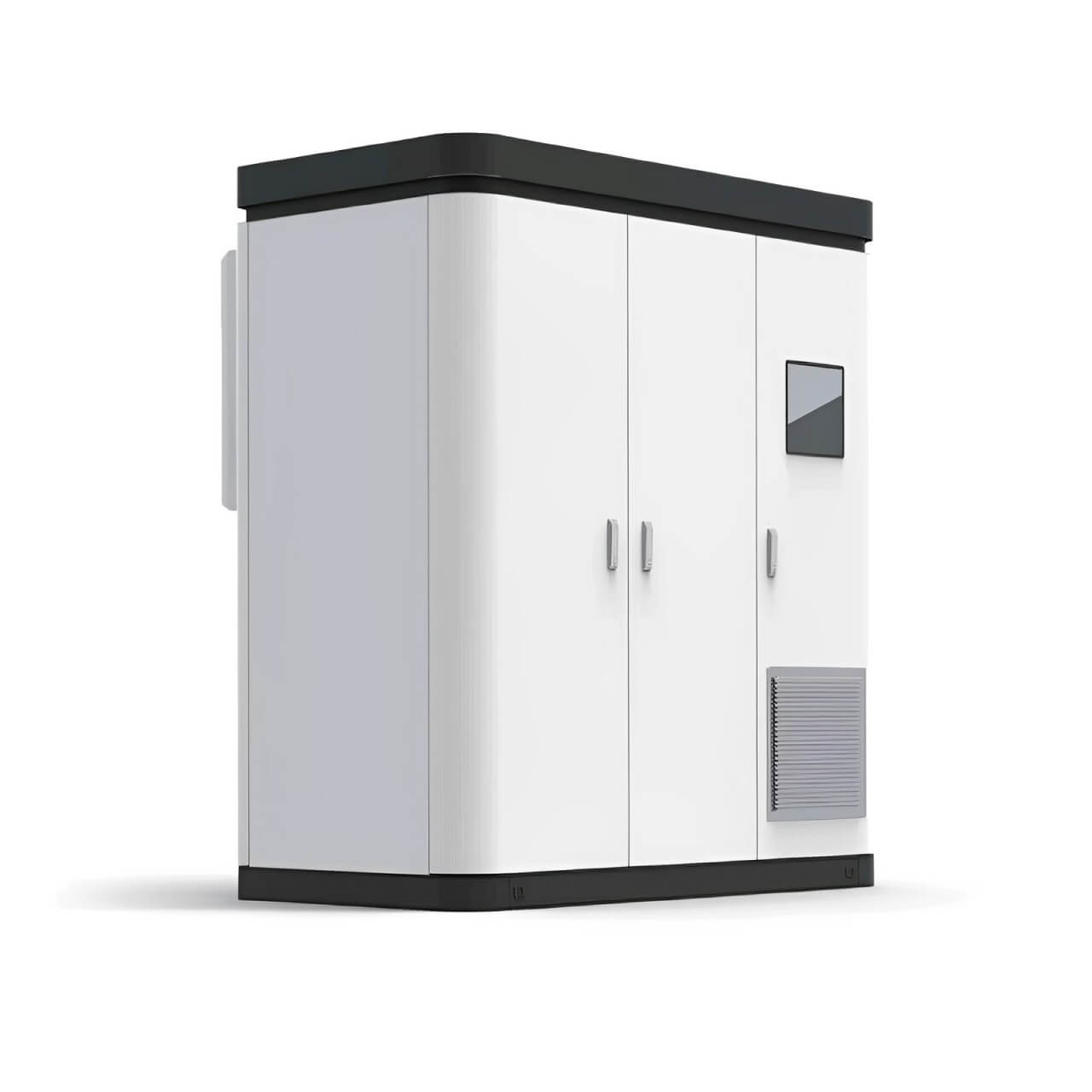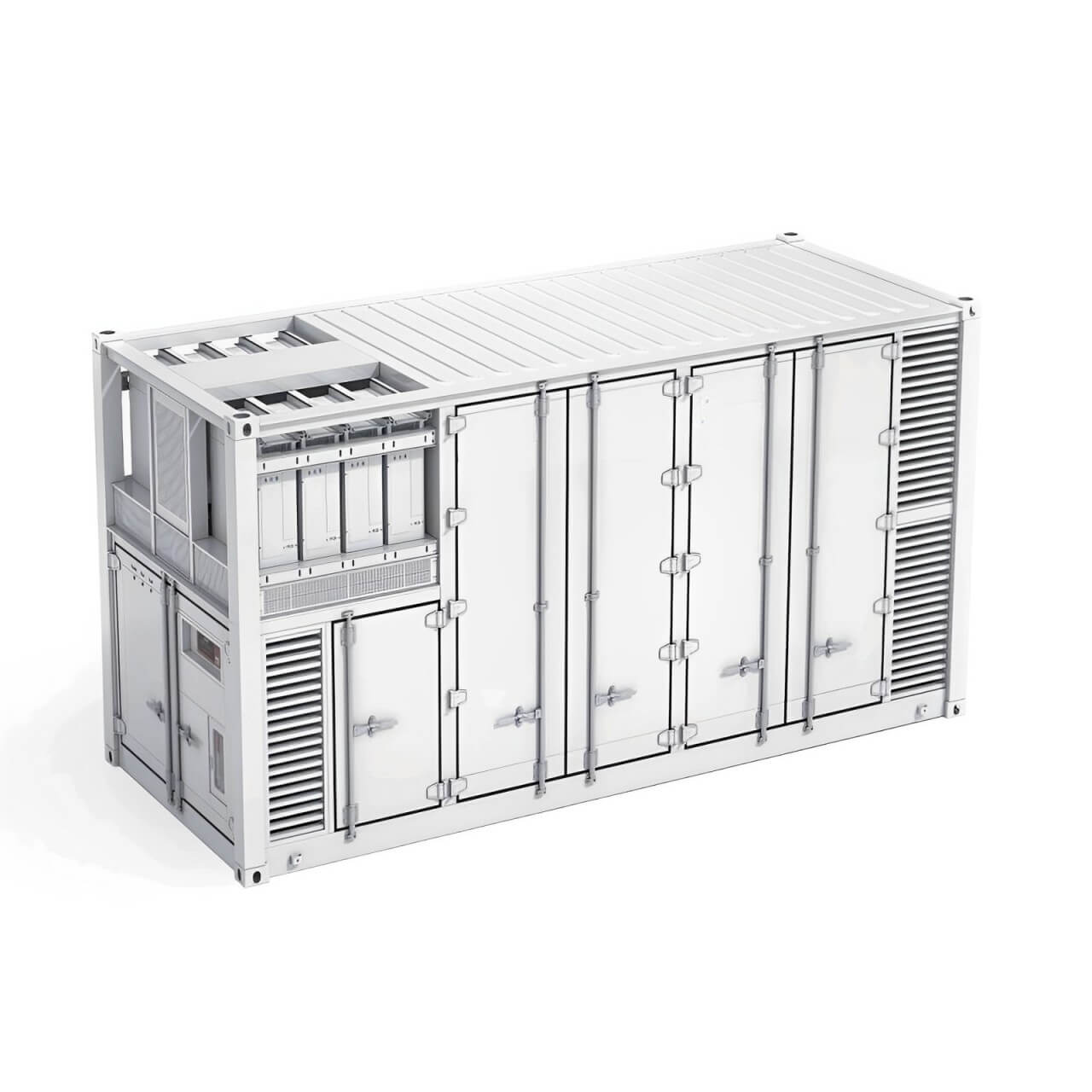New Trends in the Home Energy Storage Market
With the transformation of the global energy landscape, the role of energy storage technology in sustainable energy development has become increasingly important. Especially with the promotion of clean energy such as solar and wind energy, the home energy storage market has begun to rise rapidly. It not only provides families with more flexible electricity options, but also plays an important role in coping with energy fluctuations, reducing electricity bills, and reducing carbon emissions. In recent years, the home energy storage market has shown some new trends. These changes have not only affected the strategies of energy companies, but also changed the way ordinary consumers use energy.
I. Technological progress promotes the development of the home energy storage market
In recent years, breakthroughs in energy storage technology have injected new vitality into the home energy storage market. In particular, the maturity of lithium battery technology has made home energy storage systems more efficient and durable.
1. Innovation in lithium battery technology
The improvement of lithium-ion batteries in energy density, cycle life and safety is one of the main reasons for promoting the popularization of home energy storage systems. Compared with traditional lead-acid batteries, lithium batteries have higher energy density, which means that the volume and weight required to store more electricity are smaller. This is particularly important for home users, as home energy storage devices are usually installed inside the house, and space and safety are their main concerns.
In addition, with the progress of solid-state battery technology in recent years, the battery safety and service life of home energy storage systems are expected to be further improved in the future. These technological breakthroughs can not only reduce the overall cost of energy storage systems, but also enhance consumers' confidence in their safety and reliability.

2. Improvement of intelligence and automation
The development of smart home and Internet of Things (IoT) technologies has enabled home energy storage systems to not only store electrical energy, but also achieve intelligent management. Today, many home energy storage devices can be connected to the home's energy management system (EMS) to automatically adjust the storage and consumption of electrical energy. This means that users can optimize energy efficiency based on fluctuations in electricity prices, the timing of solar power generation, or personal electricity usage habits.
Intelligent functions also include real-time monitoring of battery status, estimating the remaining power, and automatically switching to battery power supply according to peak electricity consumption, thereby avoiding expensive electricity bills during peak electricity price periods. The development of these technologies has improved user convenience and further promoted the expansion of the home energy storage market.
II. Policy drive and environmental awareness improvement
In addition to technical progress, policy support and consumer environmental awareness are also important driving forces for the growth of the home energy storage market.
1. Government subsidies and incentives
In order to cope with climate change, many countries and regions have introduced policies to promote the development of home energy storage systems. Governments in Europe, the United States, Australia and other places have introduced incentives such as purchase subsidies, tax exemptions and low-interest loans for home energy storage systems. These policies have greatly reduced the initial purchase cost of energy storage equipment and encouraged more families to invest in installing energy storage systems.
For example, Germany's "Energy Storage Subsidy Program" not only provides financial support for home energy storage equipment, but also requires that energy storage systems must be used in conjunction with photovoltaic power generation systems, which promotes the popularization of distributed energy. The U.S. "Federal Investment Tax Credit" (ITC) policy allows home users to deduct part of the cost of solar energy storage systems from taxes, which greatly increases consumer enthusiasm.
2. Awakening of consumer environmental awareness
With the improvement of environmental awareness around the world, more and more consumers are beginning to pay attention to their own carbon footprint and are willing to pay a premium for sustainable energy solutions. As one of the effective ways to reduce household carbon emissions, home energy storage systems are welcomed by consumers with strong environmental awareness. Through energy storage systems, households can make full use of solar power generation and reduce dependence on fossil fuel power grids, thereby reducing overall carbon emissions.
In addition, the frequent occurrence of extreme weather events caused by climate change (such as power outages, natural disasters, etc.) has also intensified consumers' demand for energy security and independence. Home energy storage systems can not only provide backup power when the power grid fails, but also improve the energy autonomy of households and ensure the stability of energy supply.
III. Changes in market demand and innovation in business models
In addition to the driving force of technology and policies, the rapid expansion of the home energy storage market also benefits from changes in market demand and innovation in business models.
1. Integration of electric vehicles and home energy storage
With the booming electric vehicle (EV) market, more and more households are seeking the integration of energy storage and charging solutions. Electric vehicles are not only a mobile energy-consuming device, but can also become part of a home energy storage system through bidirectional charging technology. Through the "vehicle-to-grid" (V2G) technology, electric vehicles can feed back excess power in the battery to the home grid when not in use, further reducing the household's electricity costs.
This integration of energy storage and charging not only optimizes the energy efficiency of households, but also creates new market opportunities. For example, car owners can charge their electric vehicles when electricity prices are low, and use the on-board battery to power when electricity prices are high, thereby obtaining additional economic benefits.
2. Innovation of power companies and energy storage services
Traditional power companies have also begun to pay attention to the development opportunities of the home energy storage market. Some energy companies are exploring the use of energy storage systems as part of their services to provide on-demand energy storage solutions. Under this "Energy Storage as a Service" (ESaaS) model, consumers do not need to pay a one-time high equipment purchase fee, but can pay the energy storage service fee on a monthly basis and enjoy the savings and convenience brought by the energy storage system on demand.
This innovation in the business model not only lowers the economic threshold for consumers, but also creates a new source of income for power companies. In addition, power companies can also optimize grid loads and improve overall energy management efficiency through distributed energy storage networks.
IV. Future Outlook and Personal Opinions
Combined with the above-mentioned technological advances, policy drivers and market innovations, the home energy storage market will continue to maintain rapid growth in the next few years. At the same time, the industry will also face a series of challenges, such as cost reduction pressure, unified technical standards, and policy uncertainty in different countries and regions.
I personally believe that the future household energy storage market will show the following trends:
Cost continues to decline: With the large-scale production and process improvement of lithium battery technology, the cost of energy storage systems will further decline, and more families will be able to install energy storage equipment.
Multi-energy integration development: Household energy storage will be further integrated with clean energy technologies such as solar energy, wind energy and electric vehicles to form a more intelligent and diversified energy system.
Deepening policy support: The government will continue to increase its support for renewable energy and energy storage technology, especially under the impetus of carbon neutrality goals, energy storage systems will become an important tool for achieving energy structure transformation.
Increasing demand for personalized services: Consumers' demand for energy management will become more and more personalized, and energy storage service providers need to provide customized energy storage solutions based on the electricity usage habits and needs of different families.
New trends in the household energy storage market show that energy storage technology will not only profoundly change the energy market, but also reshape people's electricity usage habits. In the future, as technology, policies and markets continue to evolve, home energy storage systems will play a more critical role in the global energy transition.
The above is all about the new trends in the home energy storage market. We will analyze these new trends, explore the driving factors of technology, policies, market demand, etc., and combine personal views to predict the future market development prospects. CSIT specializes in the production of residential energy storage systems. Users who want to know more can consult. CSIT can provide professional answers, and can also customize wholesale according to your needs. For details, please consult: sales01@csit-energy.com

 简体中文
简体中文 Russian
Russian French
French German
German Japanese
Japanese Korean
Korean Arabic
Arabic Spanish
Spanish





